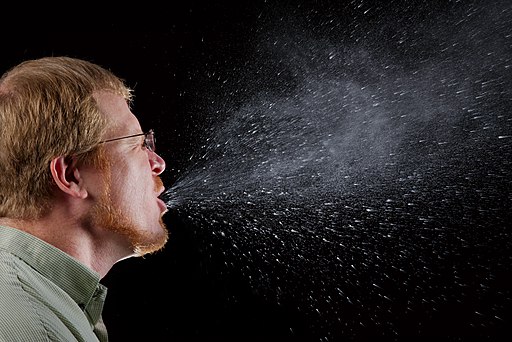The symptoms associated with black mold exposure are varied and can range from mild reactions to more severe or potentially life threatening illnesses. Many of the more common black mold symptoms are hard to distinguish from other common ailments such as allergies, the cold, or flu. Unlike allergies or colds, the symptoms from black mold exposure may not go away if you are in constant contact with it. In fact the symptoms may grow worse or lead to more severe illness.
Common Symptoms
Physical contact or inhalation of mold spores can lead to a number of health problems. Some of the more common black mold symptoms include:
- Itchy eyes or teary eyes
- Runny nose
- Headache
- Trouble breathing
- Cough
- Development or increase in asthma symptoms
Keep in mind that not everyone that comes in contact with black mold will have these symptoms. For those that do, they may not have all of them. As you can see, many of the symptoms would be easy to miss or could be attributed to something else entirely given the common nature of the symptoms. These symptoms may show up long before you find evidence of black mold in your home!
Serious Symptoms
While casual or short term contact with black mold generally only produces the mild but annoying symptoms listed above, long term exposure is a different matter. Black mold poisoning is inevitable if the mold problem isn’t taken care of and/or repeated prolonged exposure occurs. Progressively worsening black mold symptoms include:
- Abdominal pain or cramps
- Skin rashes, eczema, and hives
- Body aches, muscle pains
- Poor appetite, nausea, vomiting, diarrhea
- Difficulty swallowing, sore throat, burning sensation in the mouth and throat, metallic or dirt taste in the mouth
- Chills, fever
- Hair loss
- Fatigue
- Lack of concentration and/or memory loss
- Dizziness or the inability to maintain balance
- Urinary tract infections and other problems associated with urination and bowel movements
- Irregular blood pressure
- Women can experience an increase in menstrual bleeding
- Sensitivity to light
- Inability to take a deep breath
For infants, people with breathing problems, or those with a compromised immune system these symptoms can lead to severe illness or even death so extra precautions should be taken to insure these people do not com into contact with black mold.

